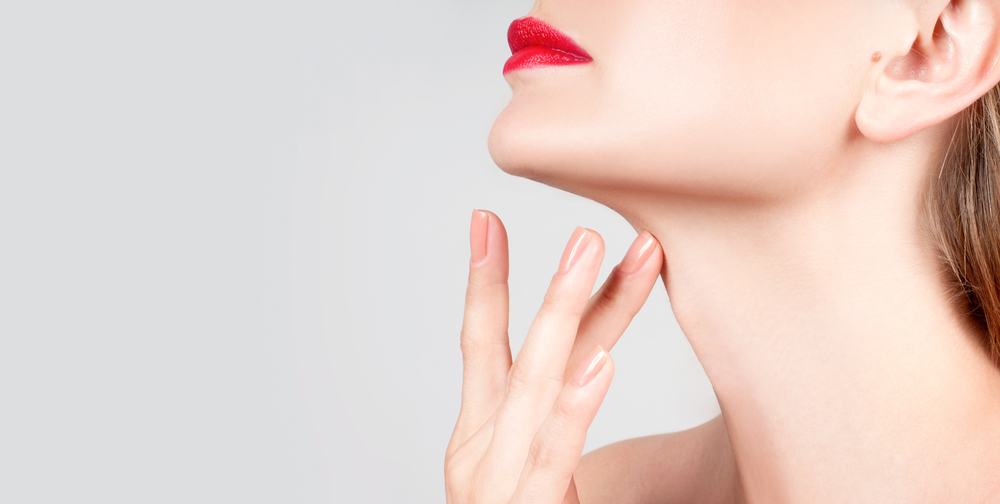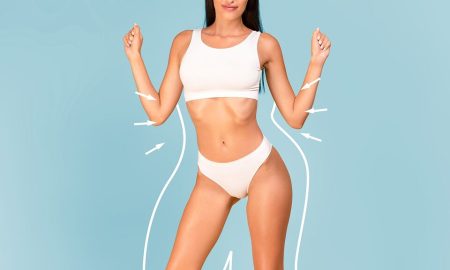The breasts and buttocks are two of the most common spots that prompt women to seek the help of a plastic surgeon, yet implants aren’t the only option for enhancing the shape and size of these areas. Dr. Gabriel Chiu of Beverly Hills Plastic Surgery explains how fat transfer works, and why it may be the ideal natural way to boost your body’s appearance.
Fat transfer has advanced greatly in recent years, and a patient’s own unwanted fat can be an effective way to improve the appearance of a variety of body areas, including the breasts and buttocks. The advantages of using fat instead of implants include minimal risk of rejection, smaller incisions and improving the appearance of “donor” sites in addition to achieving the desired results in the “target” sites. Fat transfer can offer results that last longer than other injectable fillers, and it can be used on its own or following other surgical procedures to refine the final outcomes.
Regardless of where fat is being transferred to, all fat transfer procedures begin with removing unwanted fat from another area of the body (usually the abdomen, hips, thighs or back) via liposuction. The removed fat is then processed to isolate the components that will be transferred to the “target” area, such as the breasts or buttocks. The liposuction incisions are closed with sutures and patients are usually instructed to wear a compression garment for a specific amount of time to help the skin conform to the new contours of the areas where fat was removed. The incisions that are used to harvest the fat are strategically placed so they are virtually undetectable once healed. A few additional advantages of fat transfer (versus implants) are natural looking and feeling results, smaller incisions, reduced recovery time and no risk of rejection.
Fat transfer to the buttocks
Also known as a Brazilian butt lift, fat transfer can be used to enhance and reshape the buttock area while improving the appearance of loose, sagging skin caused by weight loss or aging. After liposuction is performed and the fat is processed, the fat is re-injected into specific areas of the buttocks layer by layer through small incisions that are well hidden by clothing and barely visible once healed.
It’s important to keep in mind that recovery after fat transfer to the buttocks takes time, since this area is affected by sitting, standing and walking. Patients should avoid sitting for at least seven days after surgery, and are advised to sit on a specialized pillow for at least four weeks or more to avoid placing direct pressure on the grafted fat and optimize the amount of fat that “takes.” Any pain or discomfort should begin to improve within a few days after surgery, bruising and swelling for the first few weeks is common, and it can take up to six months to see the true results.
Fat transfer to the breasts
Women who desire a modest increase in breast size or correction of minor size disparity between the breasts may be able to achieve their goals with fat transfer rather than implants. Although there are limits to the degree of augmentation that can be achieved with fat alone, in some cases fat transfer can provide the subtle boost a patient desires or enhance symmetry between the breasts. The ideal patient for fat transfer to the breasts is generally happy with her starting breast shape and has good skin elasticity. Fat transfer can also be used after breast augmentation with implants or in conjunction with reconstruction to refine results and help achieve the optimal outcome.
Advanced techniques have made it possible for the maximum amount of transferred fat to “take” and theoretically remain for life, although it’s important to maintain a healthy lifestyle that includes proper diet and exercise to maintain final outcomes. In the proper patient with realistic expectations, fat transfer is a viable body-contouring option that can provide the long-lasting enhancement a patient desires.























